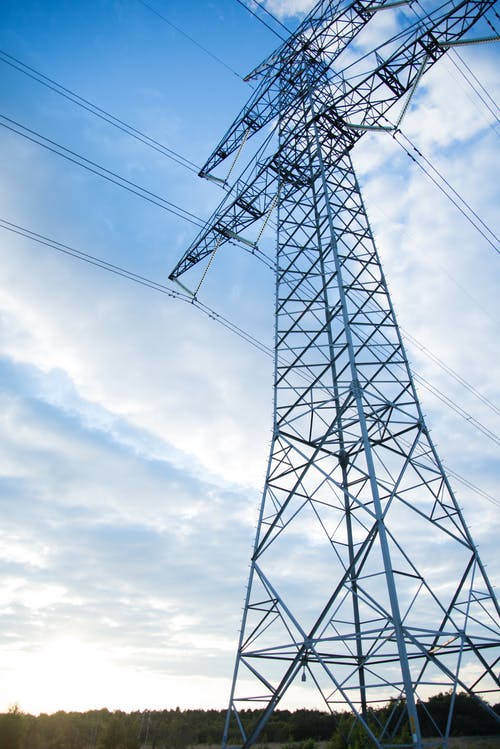FERC Examines Dynamic Line Ratings for Transmission Facilities to Foster Grid Efficiency

The Federal Energy Regulatory Commission on Feb.17 initiated an investigation to assess whether the application of dynamic line ratings, or DLRs, would improve just and fair transmission rates, by enhancing the precision of line ratings. The DLR is an electric power transmission operation idea, aiming at increasing load, when weather conditions allow it.
The commission states that additional information is required to fully comprehend the implementation of DLR. Accordingly, the recently issued notice seeks to explore a number of points:
- Whether the lack of DLR requirements makes current wholesale rates unjust and unreasonable
- Potential criteria for DLR requirements
- Benefits, costs, and challenges of applying DLRs
- Nature of possible DLR requirements
- Timeframes for implementing potential DLR requirements
The notice of inquiry builds on Order No. 881, which the agency approved in December 2021. Order No.881 instructs transmission suppliers to use ambient-adjusted ratings as the benchmark for valuing near term transmission service. Transmission line ratings represent the highest transfer capacity of each transmission line and are based largely on weather conditions. The requirement of all transmission suppliers to use ambient-adjusted ratings will enhance the usage of the grid and aid the reduction of consumer costs.
Order No.881 takes into consideration that transmission line ratings can be impacted by factors other than projected ambient air temperatures and existence of solar heating. Taking into account other weather factors like wind, cloud cover, solar heating intensity, rainfall, along with transmission line conditions, could lead to enhanced accuracy and allow more efficient power flows. Moreover, the usage of DLRs can help prevent excessive wear and tear on transmission equipment, by identifying conditions where flows should be used for secure and reliable operation.
Following the announcement of the investigation, preliminary comments are due 60 days after the release in the Federal Register, with response comments due 30 days after.
EnerKnol Pulses like this one are powered by the EnerKnol Platform—the first comprehensive database for real-time energy policy tracking. Sign up for a free trial below for access to key regulatory data and deep industry insights across the energy spectrum.
ACCESS FREE TRIAL